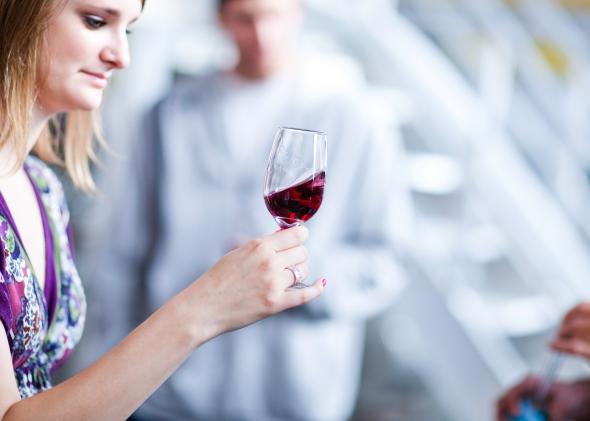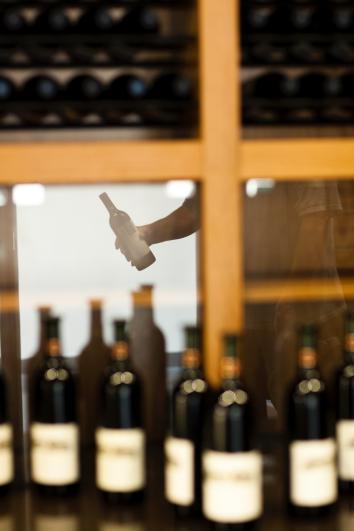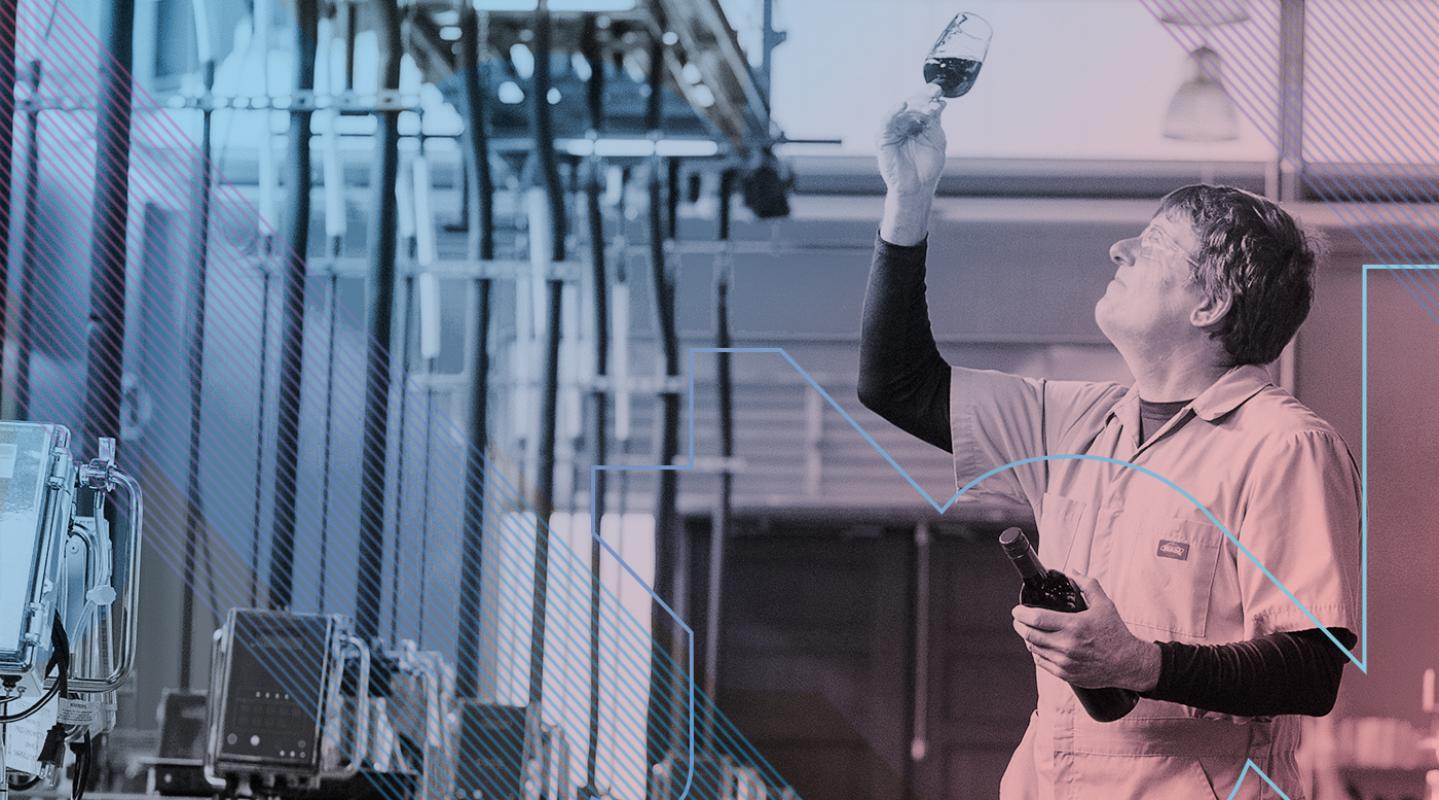
Beating the Heat
How Climate Change is Igniting a Revolution in Winemaking
Whether you love a Solo cup filled with Franzia or a fine crystal goblet filled with an even finer Bordeaux, the grapes that create both the best and worst types of wine are beginning to feel the heat from climate change.
Some of the world's most famous wine regions are expected to become too warm to grow high-quality wine grapes.
Scientists are trying to figure out how to protect the $30 billion global wine industry. Andrew Walker, professor in the department of viticulture and enology at the University of California at Davis, is at the forefront of the rescue mission.
Walker is thinking beyond today's popular varietals — pinot noir, cabernet and sauvignon blanc. Instead, he's looking to create new grapes that are hardy, heat-resistant and make delicious wine. He's doing it by combining classical breeding techniques with molecular genetics.
“The primary goal of my research is to provide new varieties and rootstocks that are better able to resist … diseases, and adapt to a wider range of soil and water regimes,” said Walker.
Although climate change is the driving force, Walker predicts the end result could be a new “golden age” in winemaking.

Desperately Seeking Cooler Climes
Temperature is a critical factor in grape growing. An uptick in heat causes disparities in the color and aroma of the grapes, as well as the accumulation of sugar and acid levels in the growing process — essentially everything that distinguishes good wine from bad.
That’s why the world’s finest wine regions typically fall between the 30th and 50th parallels. Europe’s Mediterranean region offers an especially fruitful climate, with chilly-but-not-freezing winters, and a long, sunny — but not too hot — growing season.
As those especially rich lands experience a hotter and more unpredictable climate, their grapes and winemaking ability as a whole are at risk. A 2011 Stanford University study found that climate change could cut Northern California’s premium wine grape acreage (all varietals) in half by 2030.
Some vintners likely will accept the cost of moving their grape production to cooler climates. And there are some varietals that do well in heat — Tempranillo, Syrah and Nero d’Avolaall will all flourish. Those bottles could get cheaper if farmers substitute them for the type of grape that their vineyard currently grows.
White wines are typically the most finicky because the skins of white grapes do not hold up in extreme heat. For those bottles, the cost of production — and ultimately, the cost of a bottle — likely will go up.
Inventing the All-Weather Grape
For Walker and his colleagues, the answer to impending weather disruptions is to change the grapes.
Historically, developing or improving on wine-grape varieties has been a slow, years' long process, in which farmers watch for natural mutations in vine offshoots — known as bud-sports. When these mutations produce a better grape (in terms of color, berry size or ripening dates), farmers cut and plant them to produce more.

But naturally occurring mutations don’t offer the range of quality necessary to adapt to a changing climate. And the cloning process takes decades because of the many traits that need to be found, combined and finally grown.
Walker has found a way to leap past those obstacles by developing genetic maps that pinpoint the mutations necessary for improved quality, climatic adaptation and increased pest and disease resistance.
The Dawn of Wine’s Golden Age?
What does this mean for the average wine drinker?
Wine as we know it will change, and so will the varieties we are likely to be drinking and enjoying.
Right now, wine drinkers have their favorites among the 20 typical international varietals (i.e. chardonnay, pinot noir, cabernet, etc.). Walker’s research means more blended grape varieties will be filling store shelves, replacing those old familiar bottles
Say goodbye to that glass of chardonnay or sauvignon blanc with dinner; say hello to a hybrid that could include several different kinds of grapes. Science is overturning how grapes are grown, how wine is made, and the way it is marketed.
As for northern California, Oregon, Italy, Spain, France, and the many other landmark winemaking spots around the globe, the new kind of breeding will allow growers to potentially stay in an area for a longer span of time as the climate warms, reduce pesticide use, and expand the cultivation of grapes into locations where disease currently prevents growing high-quality wine grapes.
“Once this begins, I hope people will become more accepting of new wine-grape varieties,” said Walker. “That will allow breeders and grape growers to address changing climates and the public’s concerns about fungicide use.”
